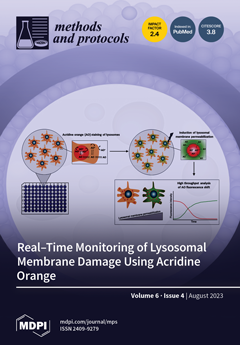One protocol in healthcare facilities and dental offices due to the COVID-19 pandemic for reducing the amount of detectable oral SARS-CoV-2 has been gargling with mouthwash for 60 s. This protocol lasts longer than the daily routine for most patients and may have unexpected benefits in reducing oral microbes as a result. This project evaluated the prevalence of the newly identified oral pathogen
Scardovia wiggsiae before and after this procedure to determine any measurable effects. Using an approved protocol,
n = 36 pre-mouthwash patient samples,
n = 36 matched post-mouthwash samples, and
n = 36 matched recall samples were identified (total sample number
n = 108). DNA was isolated from each sample (pre-, post-mouthwash, and recall). Screening using qPCR and validated primers revealed
n = 10/36 or 27.8% tested positive for Scardovia among the pre-mouthwash (Sample A) isolates with
n = 3/36 or 8.3% testing positive among the post-mouthwash (Sample B) isolates. Screening of the recall (Sample C) samples has revealed
n = 10/36, or 27.8% once again tested positive for Scardovia, demonstrating that this pathogen was found among a significant proportion of pediatric patient samples. Moreover, the COVID-19-related procedure of requiring sustained mouth washing prior to clinical treatment appears to reduce the levels of detectable Scardovia, at least initially. However, this study found no long-term effects using this isolated protocol.
Full article






